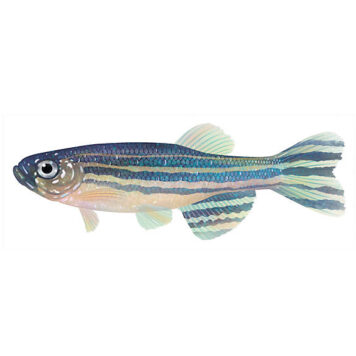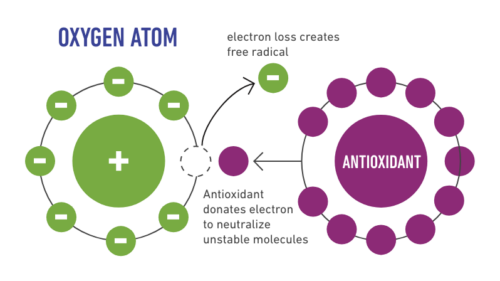Fullerene is one of the most studied carbon-based nanoparticles due to its unique structure and potential for diverse applications. This study focuses on toxicological effects of two fullerene nanomaterials, contributing to ecological as well as human risk assessment strategies. The biological responses from two basic fullerene materials, aqueous-nanoC60#nbsp;and alkaline-synthesized fullerenol, were examined using four model organisms. Bioassays were conducted on bacteria (Pseudomonas aeruginosa and Staphylococcus aureus) to determine population impacts and to assess mechanisms of cellular effects for both Gram-negative and Gram-positive species. LC50#nbsp;of aqu-nC60#nbsp;stirred for 28 days for P. aeruginosa was estimated to be 1336 mg/L; however, toxicity of the same aqu-nC60#nbsp;preparation for S. aureus was insignificant. Freshwater green algae Raphidocelus subcapitata and invertebrate Ceriodaphnia dubia were exposed to 28-day stirred aqu-nC60#nbsp;with no significant toxicological impact. Aqu-nC60#nbsp;stirred for 14 days bore no toxicity within two orders of magnitude greater than the highest concentration administered. LC50#nbsp;for organisms exposed to alkaline-synthesized fullerenol prepared in the laboratory was 2409 mg/L for P. aeruginosa with no determinable toxicity to S. aureus, and 1462 mg/L and 45.2 mg/L for R. subcapitata and C. dubia, respectively. Toxicity thresholds for commercially-prepared fullerenol were lower for all species, an impact attributed to the presence of impurities. Mechanistic analysis of membrane damage on bacteria by laboratory-prepared fullerenol indicated necrotic and apoptotic responses with and without photoactivation. Toxicological responses from fullerenol synthesis by-products were only determinable for C. dubia with effects attributable to impurities.
Related researches 23 articles























